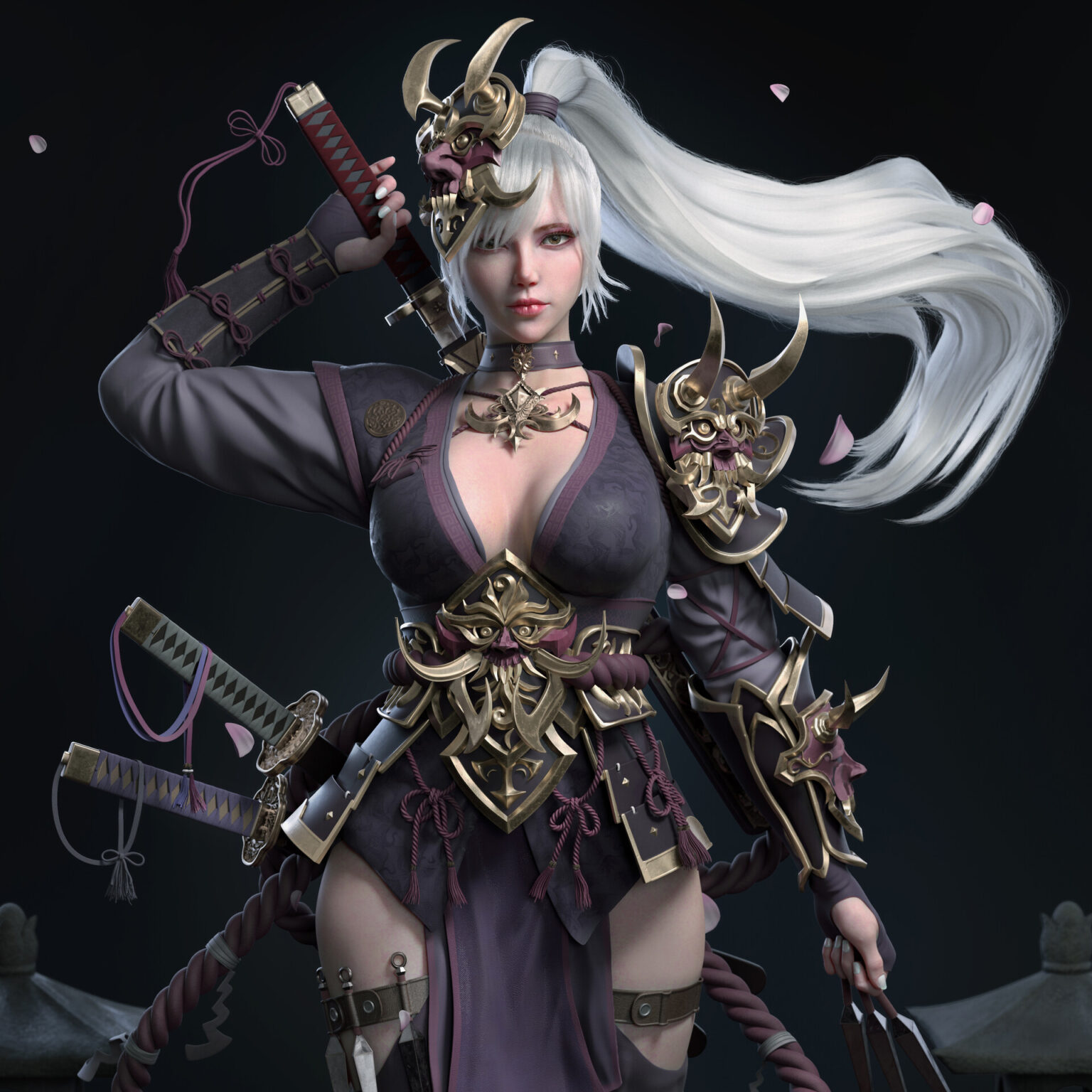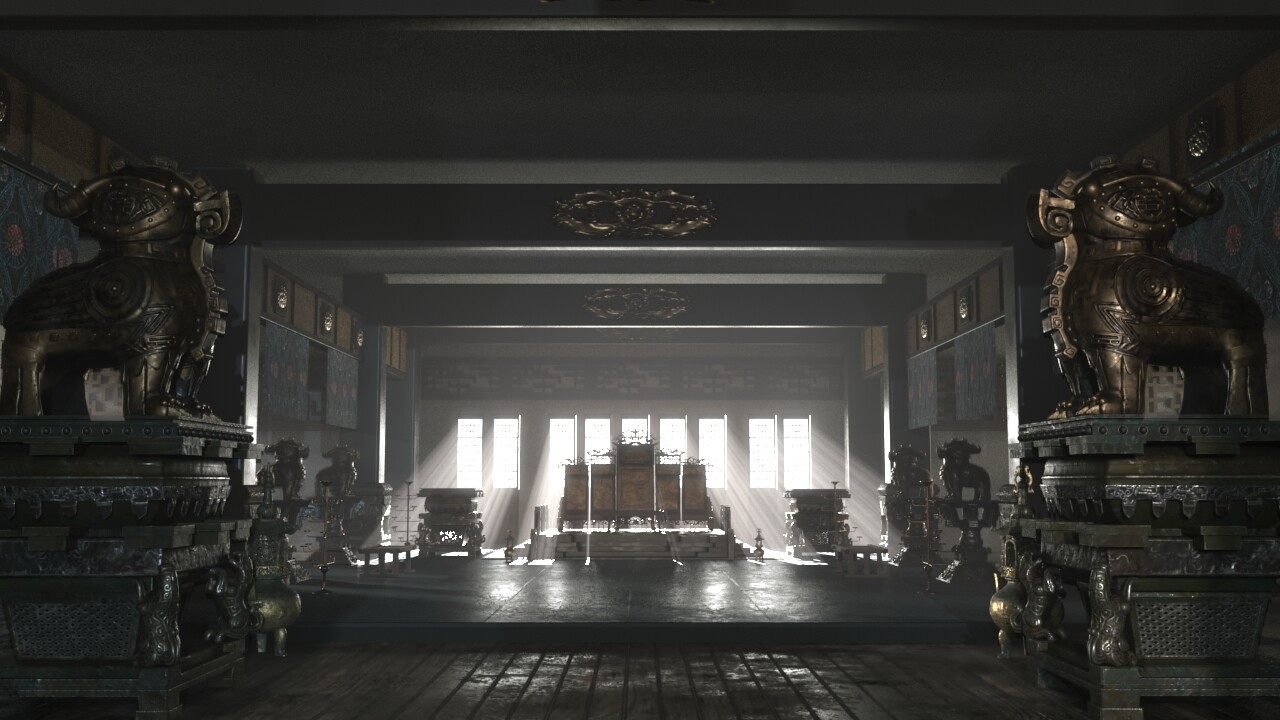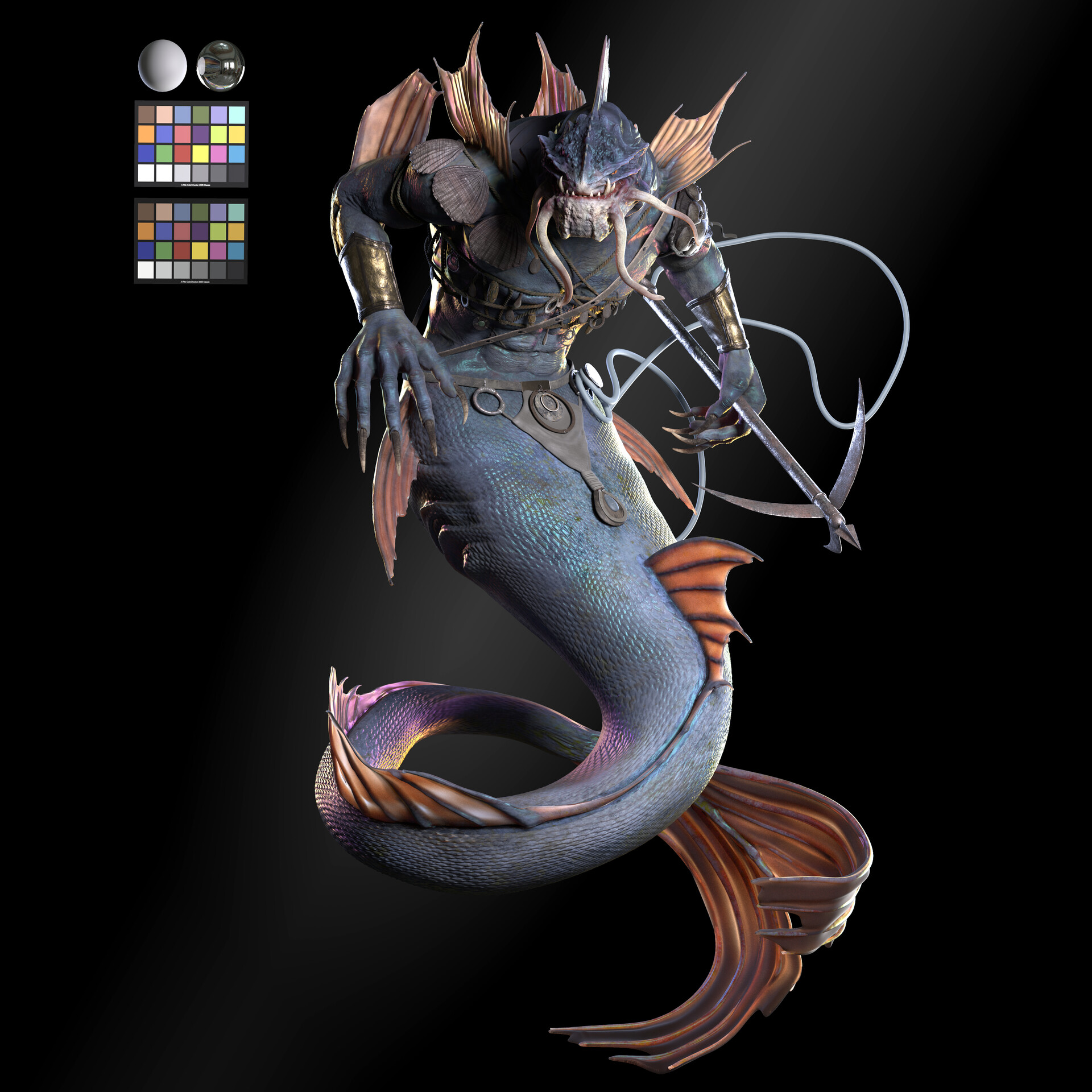
Exploring the World of Visual Effects: An Interview with Jingyu Li
From a very young age, Jingyu Li was captivated by comic books, animations, and fantasy movies. The imaginative worlds they presented were not just entertaining; they sparked a deep fascination within her. “The magic of bringing imaginations to life on screen deeply captivated me from a young age. Since then, I felt the magic of bringing imaginations to life on screen is endlessly exciting. It was this magic that guided my educational and career choices,” she shares.
Choosing animation as her major in college, Jingyu immersed herself in various courses across animation, gaming, and visual effects. It was through this exploration that she discovered a stronger attraction to visual effects. “The process of adding visual imaginations to real-life footage, creating what didn’t exist, was particularly enchanting. The dynamic and creative potential of VFX hooked me completely, and I knew without a doubt that this was the field I wanted to pursue professionally,” Jingyu explains. Her passion for blending creativity with cutting-edge technology to craft incredible visual stories solidified her path in the VFX industry.
 Could you walk us through a typical day in your role as a CG generalist at Ingenuity Studio?
Could you walk us through a typical day in your role as a CG generalist at Ingenuity Studio?
As a CG generalist at Ingenuity Studio, Jingyu’s day starts with a quick review of her tasks, setting clear priorities for the day. Handling multiple tasks efficiently is crucial, as project schedules are often tight. “Daily meetings with project producers and supervisors to discuss progress and receive feedback are essential for refining our approach and guiding further development to meet client needs,” she notes.
Throughout the day, Jingyu collaborates with other departments such as animation, FX, and compositing to ensure all scene elements work together seamlessly. This process often involves troubleshooting problems and learning new technologies to improve workflow and output quality. Jingyu spends a significant part of her day creating and refining CG assets and lighting setups, ensuring they meet the high standards expected in the final output. “In between these tasks, I also focus on troubleshooting any issues that arise and exploring new technologies and techniques that could enhance our project’s visual effectiveness and efficiency,” she adds.
What do you find most rewarding about working on visual effects for films and TV shows?
For Jingyu, working on movies and TV shows feels like creating new worlds and inviting the audience to step into them. “I take great joy in being part of this magical process of storytelling, where our visual effects can immerse viewers in experiences and places beyond their imagination,” she says. Contributing to storytelling and impacting how audiences perceive and enjoy the narrative is what Jingyu finds most exhilarating and rewarding about her work.
Another rewarding aspect is seeing her name in the credits at the end of a movie on the big screen. “It’s a powerful moment that signifies the culmination of our team’s hard work and creativity,” she shares. The teamwork involved in VFX is incredibly fulfilling, with everyone united by the common goal of making CG elements look as realistic and engaging as possible. When they achieve this and see the final outcome, the sense of fulfillment is irreplaceable.
How do you approach the challenge of balancing technical precision with creative expression in your work?
Balancing technical precision with creative expression is fundamental in visual effects. Jingyu strives to integrate technical precision seamlessly with creative demands to produce the most effective and realistic visual effects. “My approach involves continuous learning and adapting to new technologies to push the boundaries of what I can achieve, ensuring that the work consistently supports and elevates the storytelling process,” she explains.
The primary goal in VFX is to support and enrich storytelling. Technical aspects are foregrounded only when the creative vision challenges the current capabilities of available technology. Occasionally, certain film projects may delay production to wait for technology to advance to a point where it can adequately realize ambitious visual concepts.
Can you share a particularly memorable project you’ve worked on and the role you played in bringing its visual effects to life?
One particularly memorable project for Jingyu was “Kingdom: Ashin of the North,” a special episode released on Netflix. “This project was not only exciting because it was my first professional engagement in the field, but also because I am a fan of the series,” she reveals. As a 3D generalist on the team, Jingyu was involved in the project from start to finish.
Her responsibilities included grooming and texturing the main animals featured in the film. Achieving a high level of realism required thorough preliminary research and attention to subtle details like dust on the fur and mud on the hooves. Beyond animal texturing, Jingyu also modeled various props and played a key role in arranging the layout for most shots. “Ensuring that the layouts looked visually appealing and that the compositing integrated smoothly with pre-shot footage was crucial,” she notes. Despite the small team size and considerable workload, the passion each team member brought to the project fueled their collective commitment and made the intense work enjoyable.
Seeing the final product come together and watching it with friends upon its release was incredibly fulfilling for Jingyu. “It was rewarding to see our hard work on the screen and to know that I played a part in bringing such a compelling visual story to life,” she shares.
 Collaboration is crucial in the visual effects industry. How do you navigate communication and coordination across different departments to ensure project success?
Collaboration is crucial in the visual effects industry. How do you navigate communication and coordination across different departments to ensure project success?
Effective communication is fundamental in ensuring project success, particularly since Jingyu often works remotely. “I prioritize frequent communication to avoid misunderstandings. It’s crucial to ask questions about any points of confusion rather than making assumptions,” she emphasizes. Regular updates are especially important in a remote setup, allowing team members to anticipate when they will receive contributions and plan their tasks accordingly.
Understanding the functions and needs of other departments is key to enhancing coordination. This insight helps Jingyu anticipate their requirements and understand how her work affects theirs. “This organized approach to communication and coordination ensures that we can collectively achieve our project goals and maintain high standards of quality,” she explains.
What do you consider your greatest strength as a CG generalist, and how does it contribute to your overall approach to visual effects?
Jingyu’s greatest strength lies in her keen observational ability and a discerning eye for detail. “This acute perceptiveness is crucial in the visual effects industry, especially when the goal is to achieve a seamless integration of CG elements with live-action footage,” she explains. The ability to spot inconsistencies allows her to make necessary adjustments, enhancing the realism and believability of the visual effects and elevating the overall visual narrative of the projects she works on.
How do you stay updated on the latest advancements and techniques in the field of visual effects?
The internet is an invaluable resource for staying updated on the latest advancements in visual effects. Jingyu regularly browses industry websites, follows relevant accounts, and participates in online forums where professionals discuss emerging trends and share their experiences. Additionally, she engages with her professional network, having conversations with colleagues and peers in the VFX community. “These discussions often provide perspectives that are not available through other media,” she notes.
By maintaining a blend of self-directed learning and community engagement, Jingyu ensures that she is aware of the latest developments and proficient in applying them to her work. This ongoing education is essential for maintaining the high standards of creativity and technical excellence required in her role as a CG generalist.
 Can you describe a time when you encountered a significant technical or creative challenge on a project and how you overcame it?
Can you describe a time when you encountered a significant technical or creative challenge on a project and how you overcame it?
While working on “The Righteous Gemstones,” Jingyu faced the challenge of transitioning from the old pipeline to the new USD pipeline. “Since the USD pipeline was relatively new to us and to the industry as a whole, everything felt unfamiliar and there was a steep learning curve,” she explains. To navigate these issues, Jingyu relied heavily on official documentation, consulted with colleagues, and adapted by looking for alternative methods. “This experience taught me the importance of adaptability and resourcefulness in problem-solving within the VFX industry,” she shares.
What advice would you give to aspiring CG artists who are looking to break into the visual effects industry?
For aspiring CG artists, Jingyu’s advice is to choose a position that genuinely interests them and to master it. “VFX production involves collaboration among various departments. It’s beneficial to learn the basics of each and then specialize in the area that captivates you the most,” she recommends. Building a robust network within the industry is also crucial. Attending industry conferences, workshops, and seminars, and engaging with professionals through social media platforms can significantly influence career opportunities.
Lastly, Jingyu emphasizes the importance of a strong portfolio. “It should showcase your best work and highlight a range of skills tailored to the roles you are seeking,” she advises. A well-organized and regularly updated portfolio that includes detailed breakdowns demonstrates technical competence, creativity, and the ability to complete projects that meet industry standards.
 How do you think the role of visual effects has evolved in shaping the overall cinematic experience over the years?
How do you think the role of visual effects has evolved in shaping the overall cinematic experience over the years?
The role of visual effects in cinema has experienced a transformative evolution. Initially, VFX were simple and primarily used to execute concepts not feasible to capture on film. As technology has advanced, so has the scope and complexity of VFX, enabling filmmakers to create detailed digital environments and lifelike characters. “This evolution of VFX is not just reshaping how movies are made but also how they are experienced by audiences worldwide,” Jingyu explains, making modern cinema a more immersive and visually spectacular form of entertainment than ever before.
In your opinion, what sets Ingenuity Studio apart in the realm of visual effects, and how does it influence your approach to your work?
Working at Ingenuity Studio has been remarkable for Jingyu, primarily because of its innovative approach, commitment to cutting-edge technology, and deeply collaborative work environment. “The studio fosters a team-oriented culture where knowledge and ideas are openly shared,” she shares. This collaborative atmosphere has taught her the importance of communication and teamwork



